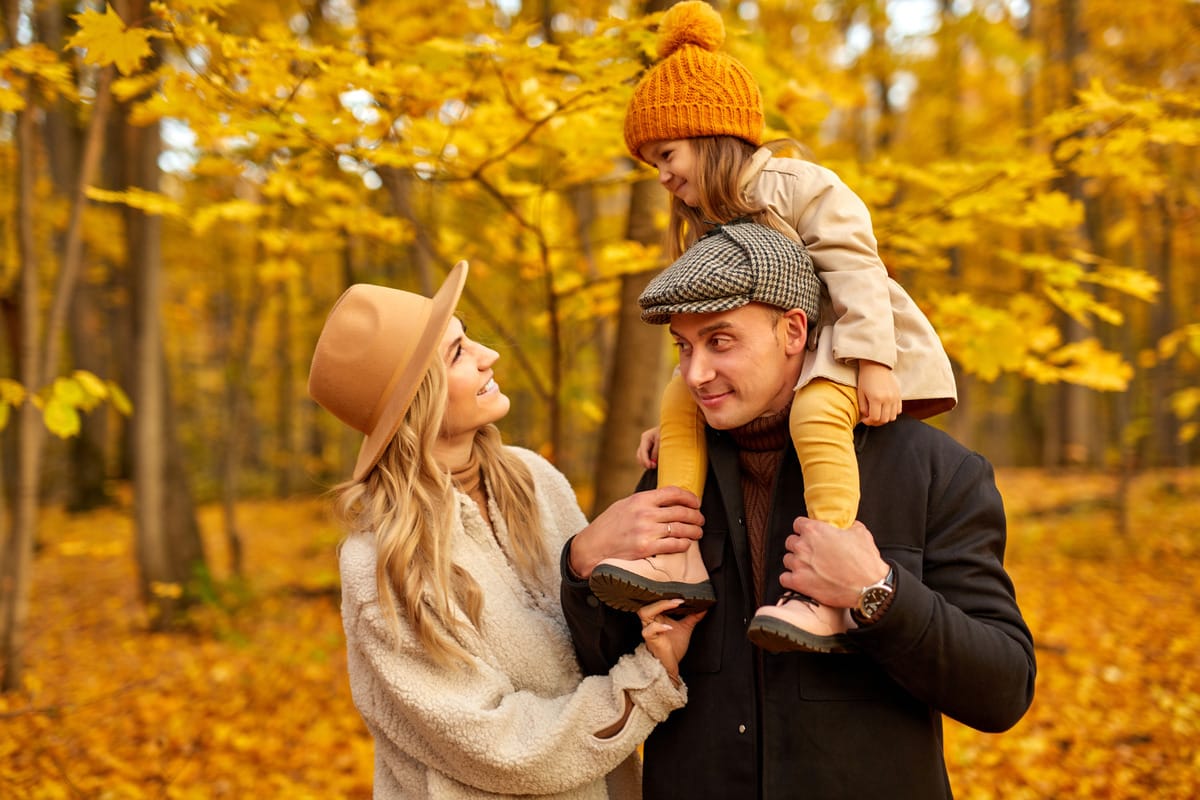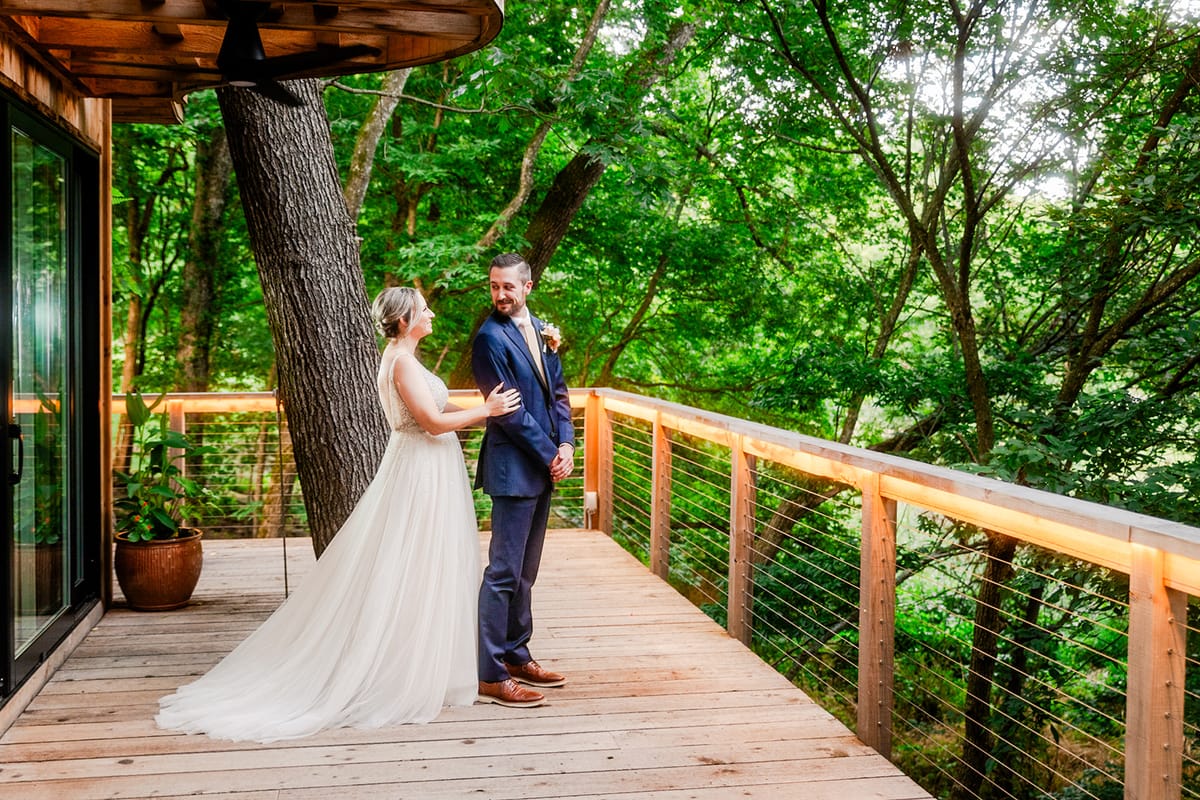The Photographer's Guide to Nailing Fall Photography

Ah, fall—the season of every photographer’s dream: crispy leaves begging to be the main character in every outdoor photoshoot. If you're tired of reading the same old tips about “golden hour” and “leading lines,” it’s time to spice things up (and no, we’re not talking about lattes).
Lightning and Other Technical Aspects of Autumn Photos
The quality of light can make or break a photograph, and this holds especially true for fall photography. The "golden hour" – that magical period shortly after sunrise or before sunset – is everyone's favourite. However, don't limit yourself to these times alone. Overcast days can provide a natural diffuser, allowing for even lighting that can make colours pop without harsh shadows.
So don’t restrict yourself to the golden hour—experiment during the mid-morning or afternoon to capture that soft, ethereal glow unique to fall.
Foggy mornings in the fall can transform a scene into something out of a dream. Mist adds depth, mood, and mystery to your shots. Focus on wide-angle shots to capture the layers of fog interacting with trees or mountains, or go in tight with a telephoto lens to highlight the way mist clings to the landscape. The key here is timing—get out early before the sun burns off the fog.
Fall foliage is bursting with vibrant hues, but sometimes those colours don’t come through as intensely as you'd like, especially when photographing under harsh light. A polarising filter will cut through reflections and glare on leaves, enhancing the saturation of the reds, oranges, and yellows, while giving the sky a richer, deeper blue.
Understanding the Colour Wheel
When thinking of fall photography, the typical color palette of yellows, oranges, and reds comes to mind. But what about mixing it up? Understanding color theory can dramatically improve your fall photography. Look for unusual color combinations to create striking contrasts – a blue sky against golden leaves, or purple wildflowers amid a sea of yellow foliage. Don't shy away from including green elements; the interplay between the remnants of summer and elements of fall can tell a powerful story of transition.
Wardrobe plays a huge role in fall portrait and wedding photography. Encourage your clients to choose outfits that complement the fall colour palette. Warm, earthy tones like mustard, burnt orange, maroon, forest green, and deep browns photograph beautifully against the fall foliage. For wedding shoots, accessories like textured shawls, boots, and cozy blankets can add to the seasonal aesthetic while keeping your subjects comfortable in cooler temperatures.

Composition: Beyond the Rule of Thirds
While the rule of thirds is a solid foundation, fall photography allows for more creative compositions. Try these techniques:
- Frame your subject with overhanging branches
- Use leading lines created by fallen logs or winding paths
- Experiment with symmetry in reflections on still water
- Create depth by including foreground elements like individual leaves or acorns
Most photographers gravitate towards wide-angle lenses for landscape shots, but don’t overlook the power of a telephoto lens in fall photography. A longer focal length can compress distances and isolate specific elements, like a lone tree or a distant mountain, against the colourful backdrop. This creates a more intimate, layered composition that showcases fall’s richness without overwhelming the viewer with too much information.
Play with Leaf Textures and Movement
Enhance your images by thoughtfully incorporating natural elements like fallen leaves, rustic trees, and harvest-themed props. Don’t just pose your clients in front of colourful trees—get creative with the environment! For weddings, consider using large piles of leaves as part of the decor or even having the couple toss them into the air during candid moments. For portraits, have your clients interact with the setting: walking through fallen leaves, leaning against textured tree trunks, or cozying up with a plaid blanket.
Capture Reflections
In autumn, lakes, rivers, and puddles provide a mirror-like surface that amplifies the surrounding beauty. Look for still bodies of water and use reflections to double the effect of colourful trees and skies. Don’t be afraid to break the rule of thirds here—place the horizon dead center to accentuate the symmetry.
Pro Tip: Try flipping the image in post-processing so that the reflection is at the top, creating an intriguing, slightly disorienting effect that makes viewers look twice.
Enhancing Fall Colours Without Overdoing It in Post-Processing
In post-processing, it can be tempting to crank up the saturation slider to make those colours pop. However, subtlety is key. Over-saturating can make your image look artificial. Instead, use selective adjustments to enhance specific colours while leaving others alone. Focus on reds, oranges, and yellows, but balance them out with cooler tones in the shadows for a natural, well-rounded look.
Shoot in RAW
The rich colours and high contrast of fall scenes can challenge your camera's dynamic range. Shooting in RAW format gives you much more flexibility in post-processing to recover highlight and shadow details, adjust white balance, and fine-tune colours without degrading image quality.
Practical Tips For Autumn/Fall Outdoor Photoshoots
Fall is one of the most breathtaking seasons for photography, however, it also brings its share of unpredictable challenges—changing weather, shorter daylight, and tricky environments can make shoots more demanding than expected.
To help you navigate the season with ease and capture gorgeous moments, we’ve put together a quick guide full of practical tips. Whether you’re braving a windy wedding day or navigating muddy forest trails for a portrait session, these actionable tips will help you nail your fall shoots while keeping your clients comfortable and your gear safe. Let’s go!
Prepare for Variable Weather Conditions
Fall weather can be unpredictable, with sudden rain showers or chilly winds. As a photographer, preparation is key.
- Rain Gear for Your Equipment: Invest in waterproof lens covers, camera sleeves, or a raincoat for your camera body. A simple plastic bag can also serve as a makeshift shield. Your equipment needs to stay dry even if you’re willing to brave the rain!
- Transparent Umbrellas: These are a lifesaver for wedding and engagement shoots. Not only do they keep the couple dry, but the transparent material allows natural light to pass through while maintaining the mood and aesthetic of the shot.
- Lens Wipes and Cloths: Moisture from rain or fog can gather on your lens. Always carry micro fiber cloths and lens wipes to ensure you can keep your shots clear and sharp.
- Carry Silica Gel Packs: Toss a few silica gel packs into your camera bag to absorb excess moisture. This is a small but effective way to protect your gear from damage caused by humidity and condensation.
But, remember to embrace the elements rather than avoid them. Rainy weddings or misty fall mornings can add mood and atmosphere that will elevate your photos from typical to extraordinary.
Plan for Shorter Days
As fall progresses, daylight becomes shorter, and you’ll have fewer hours to work with natural light. It’s important to schedule shoots accordingly, especially for weddings or portrait sessions. Here’s how to adjust:
- Scout Locations Ahead of Time: Know exactly where you’ll be shooting and where the light hits at different times of the day. By planning ahead, you can make the most of the light you have.
- Plan Portrait Sessions Earlier: If you’re shooting a fall wedding, make sure to schedule any outdoor portraits early in the day, or at least 2–3 hours before sunset. This ensures you have enough time to capture everyone in the best possible light without rushing.
- Bring a Portable Light Source: In case you get caught without enough daylight, a small, portable LED light or flash with a diffuser can help brighten your subjects without overexposing the natural background.
Overcome Wind Challenges
Wind can be a huge challenge during fall shoots, especially for outdoor weddings sessions. Here’s how to turn wind into a feature rather than a frustration:
- Secure Loose Hair or Veils: For brides or subjects with long hair, suggest using pins, clips, or up-dos to avoid flyaways. Alternatively, you can embrace the wind for dramatic veil or hair shots—just make sure you shoot rapidly to catch the right moments.
- Capture the Movement: The wind can add a natural sense of drama to your photos. Use a faster shutter speed to freeze the motion in the wind, or a slower one to capture the soft flow of a bride’s veil or a scarf caught in the breeze. These images often exude a sense of freedom and emotion.
Schedule Buffer Time for Setup and Travel
Fall sessions, especially weddings, can often get delayed due to unexpected weather or slower travel times. Build buffer time into your schedule to ensure you have enough flexibility to deal with potential issues.
- Arrive Early: Arrive at least 30 minutes early to assess the lighting, weather, and conditions. This will give you time to adapt and get organised without feeling rushed.
- Allow for Longer Travel Times: Muddy roads, wet leaves, and slower-moving traffic are all possible delays during the fall. Allow extra travel time between locations to ensure you stay on schedule.
Conclusion
Fall may be the season of staying indoors in cosy sweaters, but for photographers, it’s also a whirlwind of unpredictable weather, early sunsets, and constantly changing light. Yet, with a little preparation (and maybe a few hand warmers), you can turn these challenges into opportunities for your photography business!

